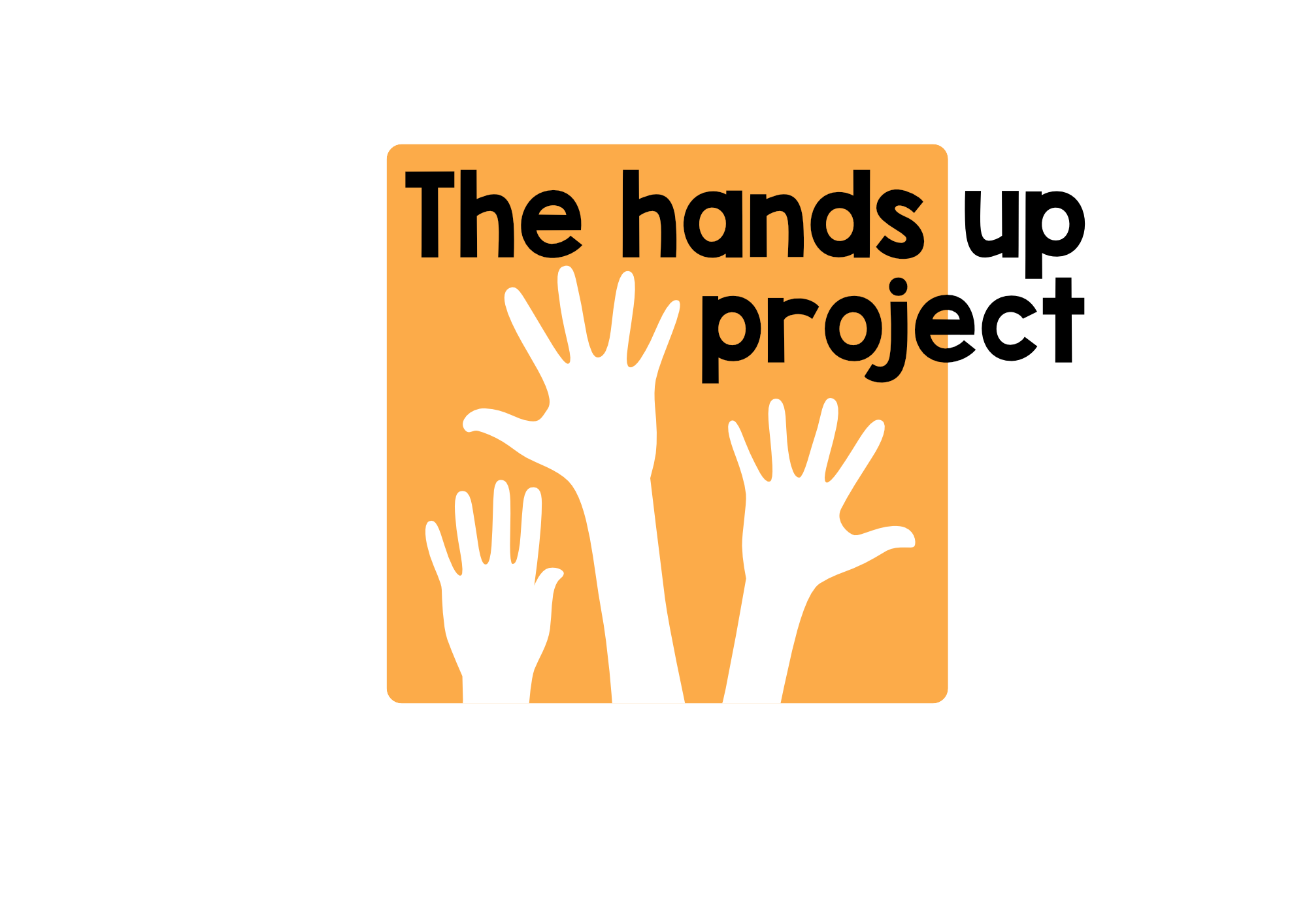A Living Testimony March 28, 2024
A Living Testimony
On January 24, 2024, we had been at the Khan Younis Training Center (KYTC) for over three months. Yesterday, the tanks laid siege to the shelter, rendering it impassable. All manner of lethal weaponry was unleashed: air jets launched fierce fire belts; tank shells rained down in a monotonous rhythm. Now, I’ve honed the skill of calculating target locations based on sound. The quad captors, with their advanced technology, terrorized those huddled within the shelter.
The preceding two weeks were scary and distressing. Stray bullets and shells pierced tents and rooms, inflicting serious injuries on IDPs. Thankfully, no lives were lost—until yesterday. A six-year-old boy died due to his injuries which were not serious, but he could not be saved in that primitive medical room. The shelter, completely blocked, became his final resting place as he bled out.
Let me backtrack: When the tanks approached the borders of the KYTC shelter, the throngs of people living in tents outside surged in, together with the already IDPs, formed a mass of human flesh. Children’s screams and women’s sobs chilled my blood.
At 9 a.m., an extraordinary noise shattered the air. A group of men rushed in, carrying a woman in her fifties. She had been shot while exiting the mobile toilets near the shelter’s eastern side. The volunteering doctors knew she had minutes left to live, and tragically, they were right. Another soul was lost. She was laid to rest next to the child near the shelter’s western wall.
Around 2 p.m., a deafening explosion cracked the fragile silence of the space. It felt as though the blast was within the shelter itself, but I dismissed that possibility—we were meant to be safe under the UN flag! Yet, terror gripped me as reality set in: a second bomb struck, followed by a third. Were the strikes targeted inside or outside?
A critical question hung in the air, and soon the answer arrived: screams of terror erupted from the northern side of the shelter—the carpentry workshop accommodating approximately 200 people, men, women, elderly and children. Then came the horror: a raging fire consumed the place. I didn’t want to witness any of it. I squeezed my eyes and ears shut, but the screams of agony, shock, and anger wormed their way into my mind. Was this real? It felt astounded.
Seeking refuge, I locked myself in a tiny storage room under the stairs, desperate to isolate myself from the insanity unfolding outside. Amid the chaos, I overheard people saying that 17 lives had been lost, some torn apart. Through the narrow gap in the cracked door, I glimpsed shadowy figures bearing a bloodied, spherical bundle. The image haunted me: how could a human-shaped body be reduced to a mere bundle? The hideousness of it all defied comprehension. Why? There had to be something fundamentally wrong.
Peering through the door, I glimpsed my mother pouring alcohol onto a woman’s wounds. Mom , the manager of the shelter, wasn’t a doctor or a nurse, yet she worked tirelessly alongside others, overwhelmed by the huge number of casualties. Some cases exceeded the capacity of the makeshift emergency medical room hastily prepared at the shelter days before the targeting.
Still watching from my small refuge, my eyes fixated on a young woman lying on the ground. A volunteering doctor attempted to help her, but his expression betrayed fear and frustration. He called for another doctor, whose grim expressions signaled the hopelessness of her situation. She lay not far from me, and for the next hour, I contemplated the slipping of life from her body until it left her a mere pale corpse.
Nine lives were extinguished on the spot, some torn apart. Over 75 injured individuals, along with their anguished family members, screamed and pleaded for ambulances—but in vain. The place remained besieged; communication blocked. Amid the chaos, two more lives slipped away, and the nightmare was far from being over.
